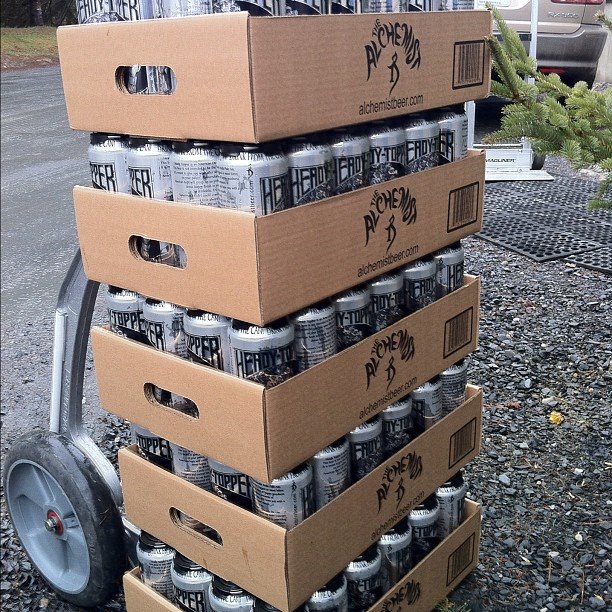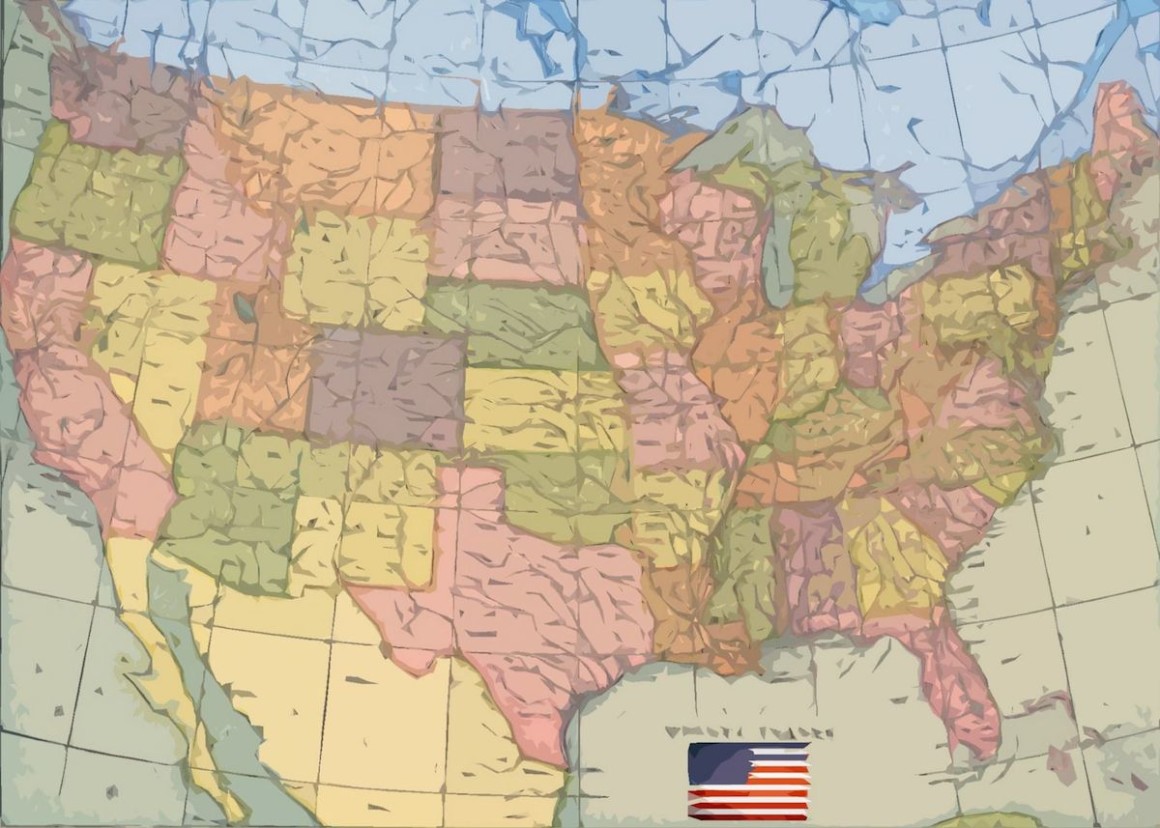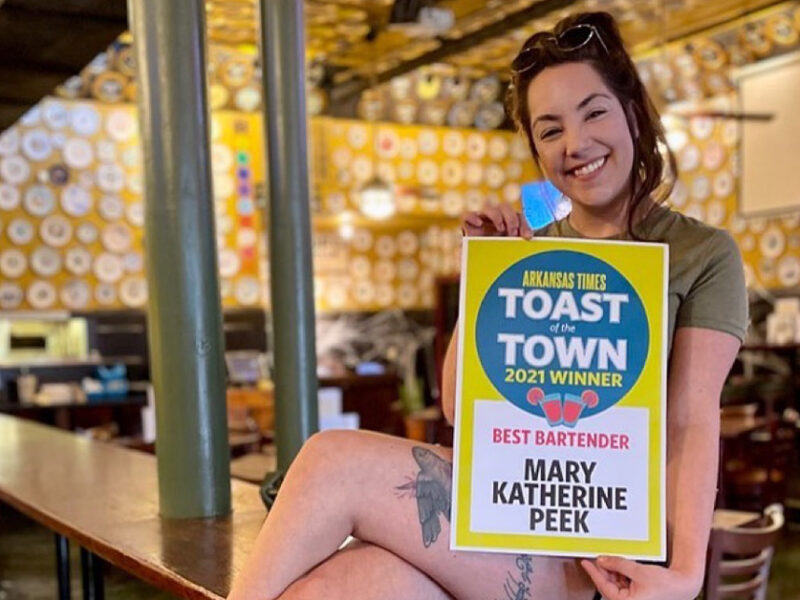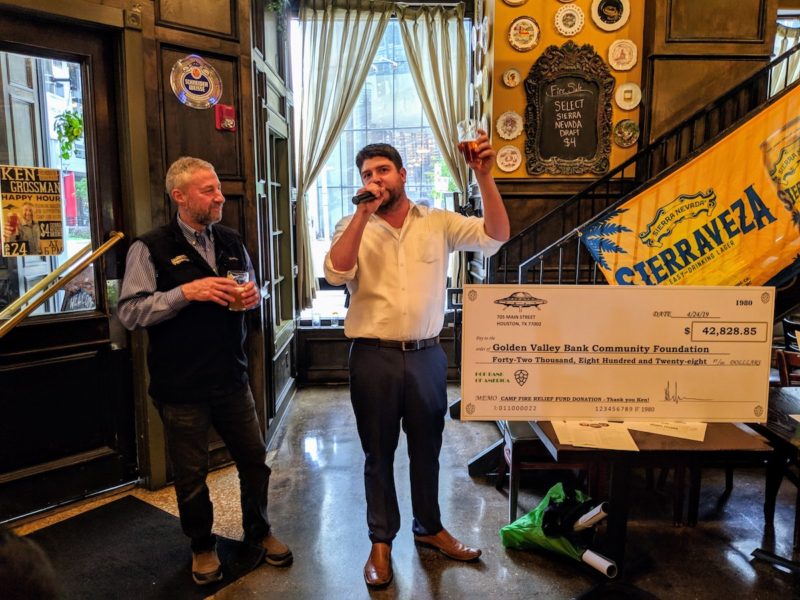In the second installment of our “State of Craft Beer” series, we are looking at the idea of “localness”. Does the distance a beer travels affect the drinker’s enjoyment? Should it factor in the definition of craft beer?
Imagine this scenario: You’re a bar owner, and a random stranger knocks on your door trying to get you to taste his “craft beer” he pulled from his car. His brew costs more than most of the offerings in your establishment.
In today’s bespoke world, that doesn’t seem too ridiculous. Thirty years ago, though? This situation would have been laughable. But for trailblazing craft brewers in the ’70s, ’80s and ’90s, it was the only way to get a foot in the door.
In those days, it was all about the little guys—Sam Adams, Anchor, Oskar Blues, Sierra Nevada and New Belgium—banding together against big beer to fight for distribution rights. You took a stand for craft beer simply by drinking anything that wasn’t an adjunct lager.
But today, as a new generation of craft brewers is emerging, simply standing up against Goliath isn’t enough. Today’s brewers face growing competition from within the craft community itself, and one of the most noticeable trends is localization.
“As an industry, we’ve always preached that fresh beer is best,” shares Jeremy Danner, ambassador brewer at Kansas City’s Boulevard Brewing. “Beer that’s traveled just a few miles up the road is almost always going to taste better than a beer that’s spent weeks being shipped across the ocean.”
Michael Peticolas, owner of Peticolas Brewing in Dallas, agrees. “A tomato in your backyard tastes better than one from Kroger,” he points out. By limiting his distribution, he’s able to ensure that all of his customers get a product he’s proud of—and that hasn’t spent weeks on a hot delivery truck.
So what does this mean for first-gen brewers like New Belgium and Oskar Blues who recently opened production facilities on the East Coast? Some customers are rightfully disturbed by the idea of a craft brewer distributing nationally. It goes against what the movement has stood for, for one thing, and it makes it harder for new, less-established brewers to get traction in those areas. But ultimately, the customer is getting a fresher product—and that’s good for everyone in the craft community.
For example, let’s say a self-proclaimed big beer fanatic in North Carolina is offered a sip of Fat Tire. In scenario A, the beer is slightly stale from a long journey on a truck, and he gives up on craft beer forever. In scenario B, the beer is fresh off the Asheville production line, and that’s his first step toward a beautiful relationship with better beer. Regardless of which breweries you support, every new craft beer convert should be considered a success. As Peticolas puts it, “That first drink of craft beer better be good.”
So what else is behind the trend of localization? Jen Kimmich, co-owner of the Alchemist Brewery in Vermont, suggests that a big reason for this movement is the desire to be part of a community.
“We know we have a strong, loyal customer base made up of Vermonters who purchase Heady Topper every week,” she says. “Our Vermont customers want to support us because they see how we support and give back to our communities.”

A stack of Alchemist Heady Topper ready for distribution.
Photo credit: The Alchemist Brewery Facebook
In addition to giving back to their customers, community-oriented brewers tend to create a sense of camaraderie and support among their fellow brewers. Boulevard, for instance, happily runs lab tests on beers from other Kansas City breweries. Peticolas has lent hops and glycol to his competition. In many cases, generosity like this appears to be the rule, not the exception.
But for brewers, the growing demand for local products means they have to fight for limited space on taps and shelves.
When Dennis Wehrmann first opened Franconia Brewing in 2008, it was a struggle to convince restaurants and bars to take a chance on something that wasn’t big beer. Peticolas struggled to convince restaurants and bars to take a chance on something that wasn’t “big beer” when he opened his brewery in 2011.
“Three and a half years ago, I was educating restaurants [about craft beer],” he remembers, “but now they recognize they can bring in local products because customers demand it.”
Personally, we don’t think this issue has to be so black and white. New Belgium’s Bryan Simpson agrees, saying “I think you should support your local brewer if they deliver the goods. I also think you shouldn’t automatically turn a blind eye to any brewer that’s not within a 10-mile radius. … The world is an exciting place.”
Be sure to check back for the third installment in our “State of Craft Beer” series, where we explore craft breweries selling out to “Big Beer” and the line between “Product and Profit”.




